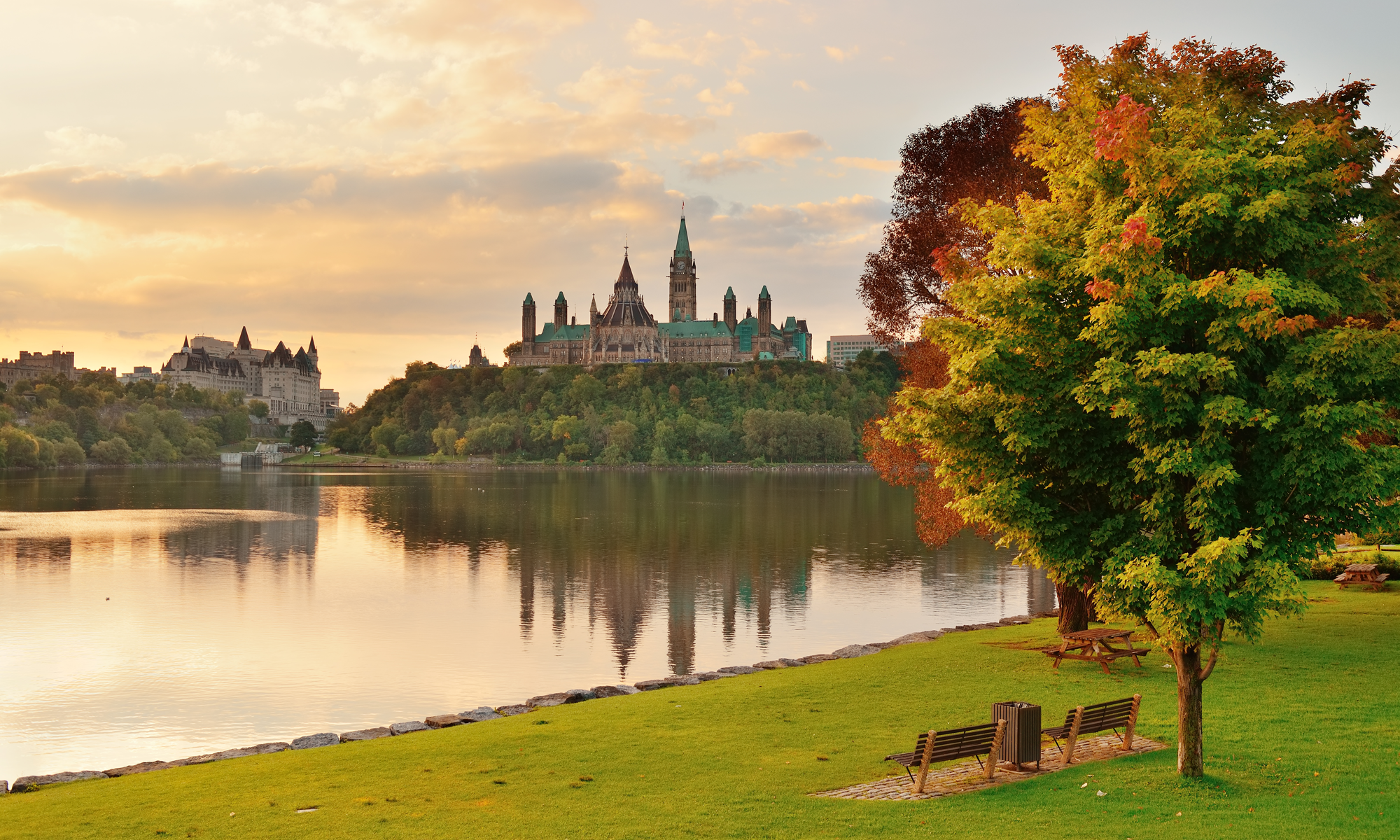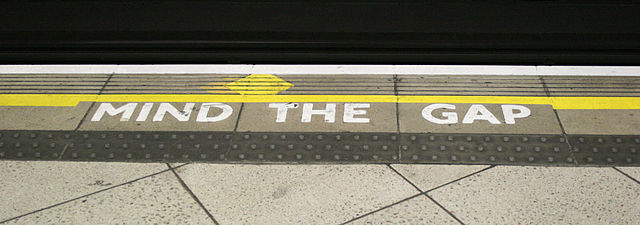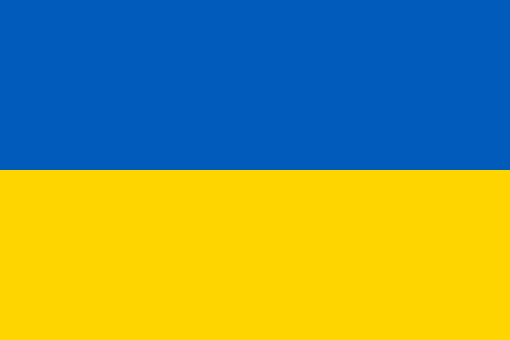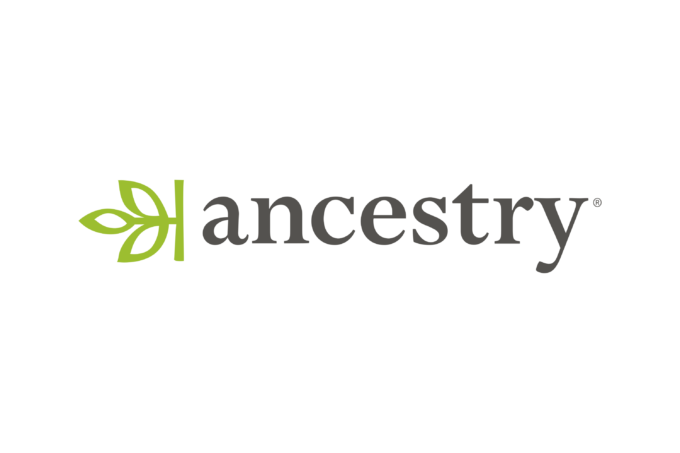In-person conferences have traditionally been popular among attendees, particularly for the networking and social connections they foster. However, the landscape has shifted significantly since the COVID-19 pandemic, with many events either disappearing or moving online. In Ottawa, for instance, Gene-o-Rama is no longer operating, and the BIFHSGO conference has transitioned to a virtual format.
Several factors contribute to this trend:
Organizational challenges: Coordinating in-person events requires substantial time, effort, and human resources that many organizations struggle to maintain.
Speaker expenses: The financial burden of hiring external presenters, including their fees, travel costs, and accommodation, has become increasingly prohibitive.
Rising attendance costs: Travel and lodging expenses for out-of-town participants continue to escalate, potentially limiting participation.
Additionally, for conferences hosted in the United States, there’s a hesitancy to travel from Canada owing to a lack of respect.
These combined pressures make traditional conference formats increasingly challenging to sustain.
I’m pleased to give a shout-out to one forthcoming in-person event.
The Moose Jaw and Regina Branches of the Saskatchewan Genealogical Society are hosting a one-day, in-person conference at the Atlas Hotel, 4177 Albert Street in Regina on Saturday, 27 September 2025.
Presenters include Gordon McBean (Artificial Intelligence), Dave Obee (DNA – “Squiggly Lines and Spit”), Thomas MacEntee (“Genealogy Do Over”) and Tammy Vallee (“Uncovering Identity – The Role of Genealogy in Indigenous Ancestry”.
Registration forms are available on the SGS website at https://saskgenealogy.com – just click on the 2025 Conference button on the home page.
Early bird registration deadline has been extended to 29 August 2025. The regular registration deadline is 15 September 2025.
As Moose Jaw and Regina are about an 80-minute drive apart, I suspect many attendees will make it without needing the expense of overnight accommodation, perhaps even with carpooling to reduce costs further.



 New records are now available to all Diamond subscribers at
New records are now available to all Diamond subscribers at 
 The Canadian School yearbooks collection 1901-2005 now has 2,763,108 entries. Ontario accounts for 1,737,652, which is 62%. Except for PEI, Newfoundland and Labrador and the Territories, there are entries for each province.
The Canadian School yearbooks collection 1901-2005 now has 2,763,108 entries. Ontario accounts for 1,737,652, which is 62%. Except for PEI, Newfoundland and Labrador and the Territories, there are entries for each province.